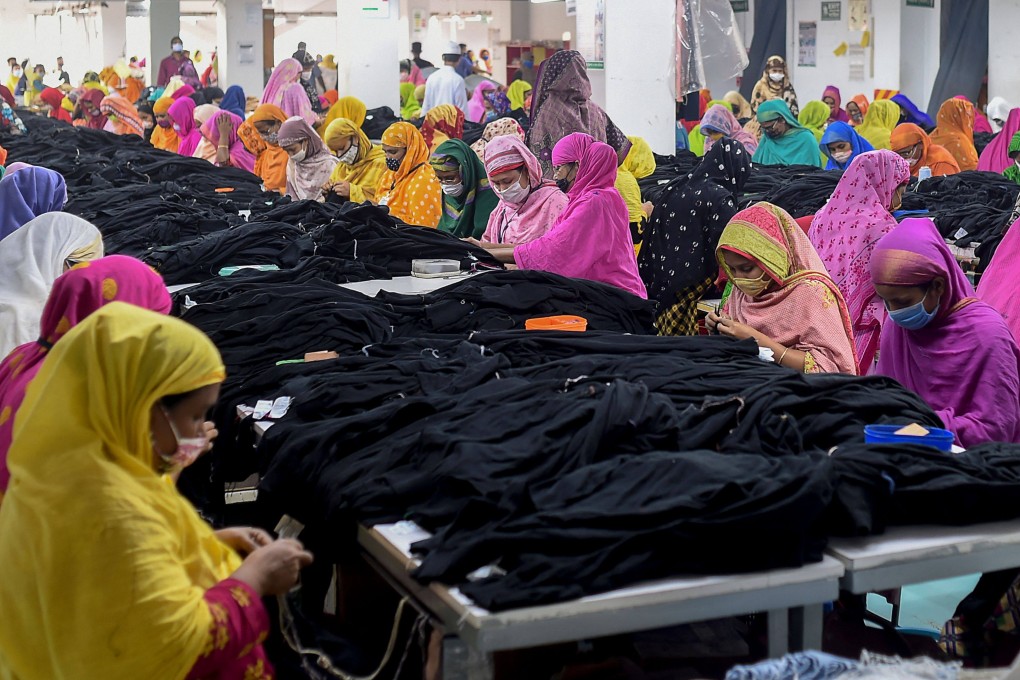The View | Three ways to make globalisation more inclusive and sustainable
- The current model of globalisation may have accelerated economic growth, but it has not benefited many people in lower-income countries and is not eco-friendly
- Greater connectedness within the Global South, more dynamically adjusted world currencies, and higher relative prices of physical products could help

Since the establishment of the Bretton Woods system, and especially since the British and US governments began to sponsor neoliberalism globally in 1980, the global economy has become increasingly integrated.
Although this has accelerated the division of labour among countries and increased economic growth, globalisation has stalled, partly due to a lack of inclusivity.
Moreover, the current globalisation model is not eco-friendly, with governments and companies focused on maximising consumption.
The West accounts for only 12 per cent of the world’s population, but over half of global final consumption. If the rest of the world became as “developed,” or, to put it differently, as wasteful as the West, humanity would require four additional Earths.
So, even if globalisation did foster economic growth, the world still needs to make it more inclusive and sustainable. Here’s how that could be done.
